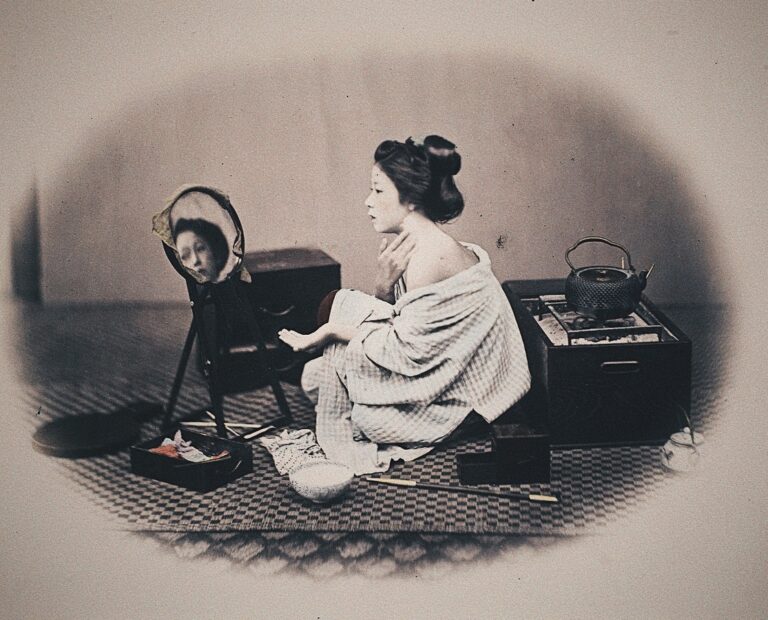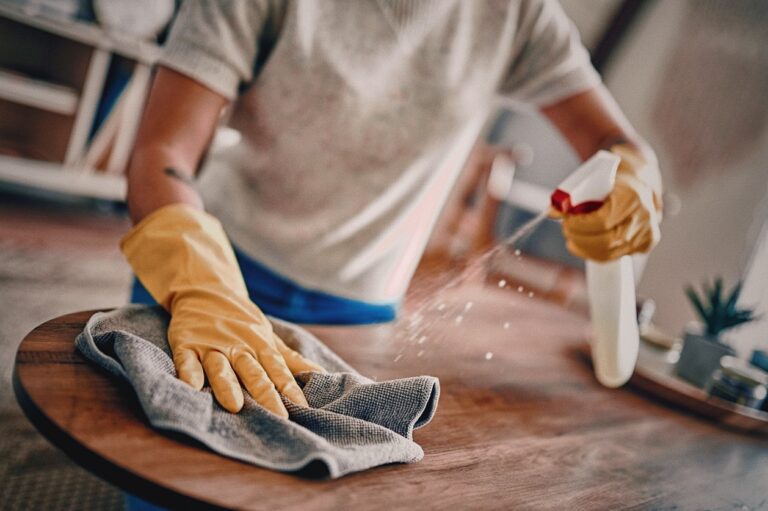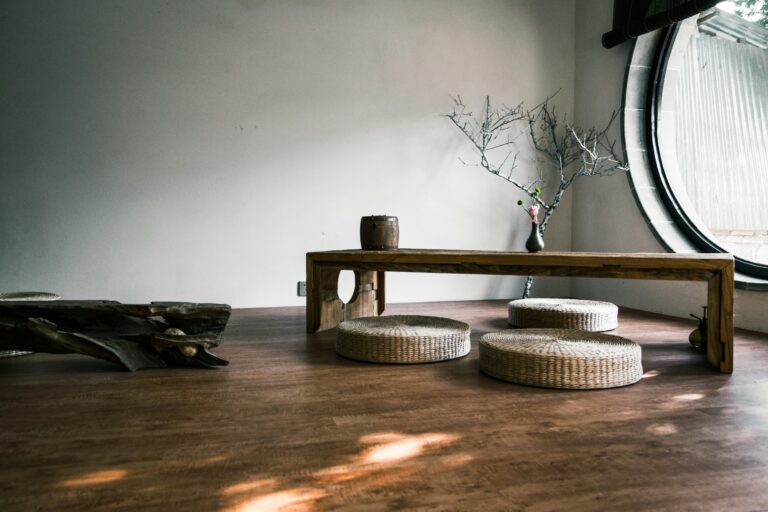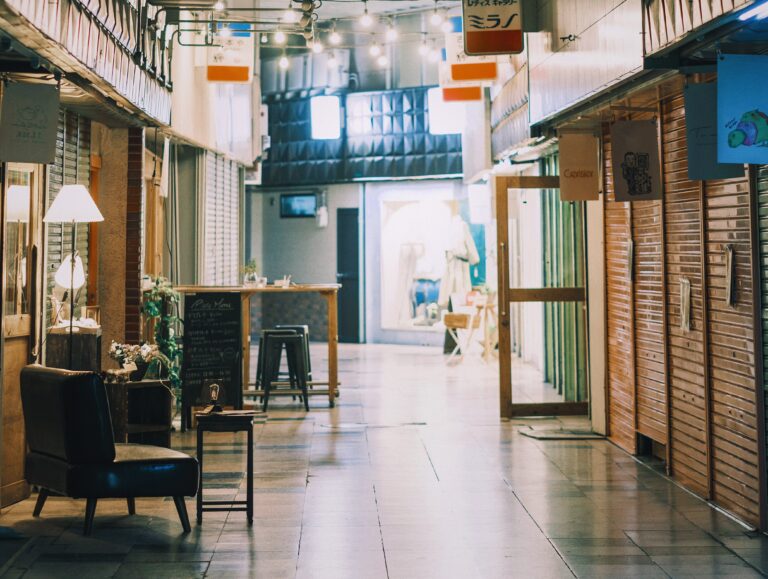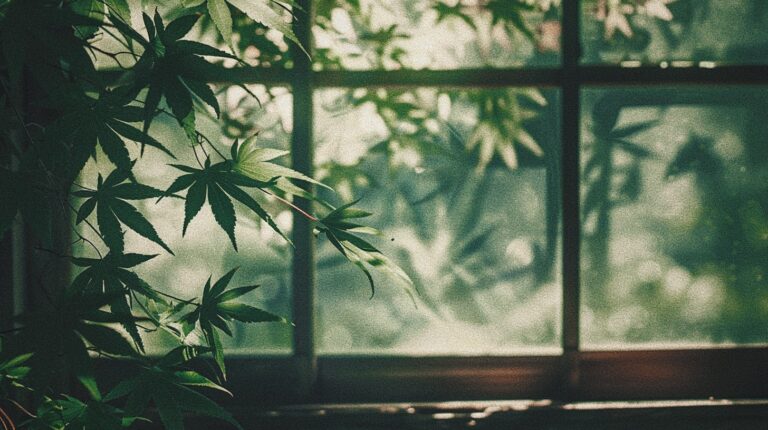My favorite thing about old Japanese home design is it’s impermanence. And yes, many people around the world have a gutteral reaction seeing houses, including beautiful traditional architecture of kominka design, crumble in here in the Japanese Countryside.
But in a world where landfills overflow, recycling systems are broken and people sit in offices of plastic chairs and vinyl walls, the rustic beauty of traditional Japanese buildings reaches far beyond it’s aesthetic. At the end of it’s life, and old Japanese house made of paper, straw, clay and bamboo, can return to the earth.
Sometimes things just feel right. A good friend, a favorite tea, a heart-wrenching book. To me, old Japanese houses filled with natural materials is one of those things. When this house falls, it nourishes the earth. Surely there must be some quality we can’t quite pinpoint that connects that virtue to the special feeling of being in one of these houses.
So by all means, let’s celebrate it.
Material Choices for a Natural Japanese House
Here at Inaka House, we always love to use what is already there! But for areas that need a little extra love, here are some material and finish ideas:
Floors can be tatami, rustic, worn wood, or cork. If there is a doma 「土間」 dirt floor, by all means, keep it!
Walls may be tsuchikabe 「土壁」 dirt/clay or wattle and daub walls. Wood paneling, natural-tone sand walls, fiber walls, or fibererous wallpaper are great options.
Ceilings are wood.
Furniture is all about wood, canvas, linen, and woven bamboo. Unstained with a sealer or warm stains are preferred. Multiple tones of wood is great.
Minimal wood lattice doors and paper shoji screen doors are perfect here. Woven texture is lovely.
Tile with rich brown, mushroom, or moss-color glazes are a lovely way to add variety to the textures of the home.
When available, this is a great design to match with exposed wood beams and structures. Beams charred with soot should be embraced. If it isn’t already there, consider yakisugi 「焼杉」 charred cedar for siding and additions.
Warm tones of terracotta pots, pickle jars, and tableware are a great addition. For decor, try forcing branches in winter, and of course, ikebana.
In summer, sudare 「簾」 rolling screens made from bamboo or wood shield the sun.

